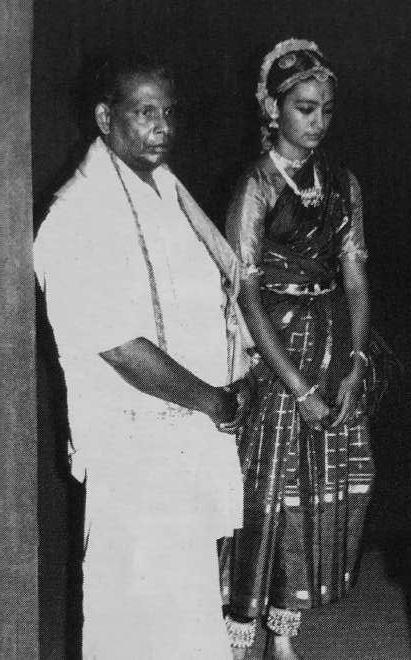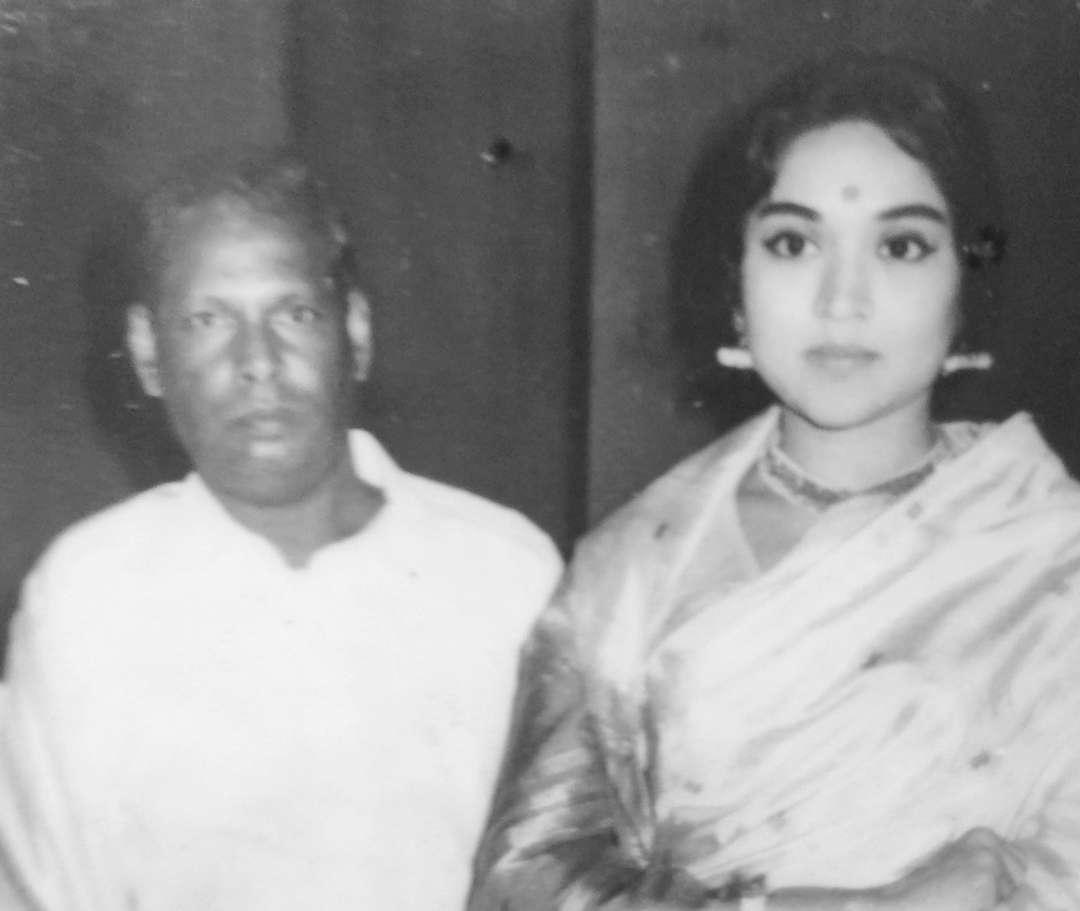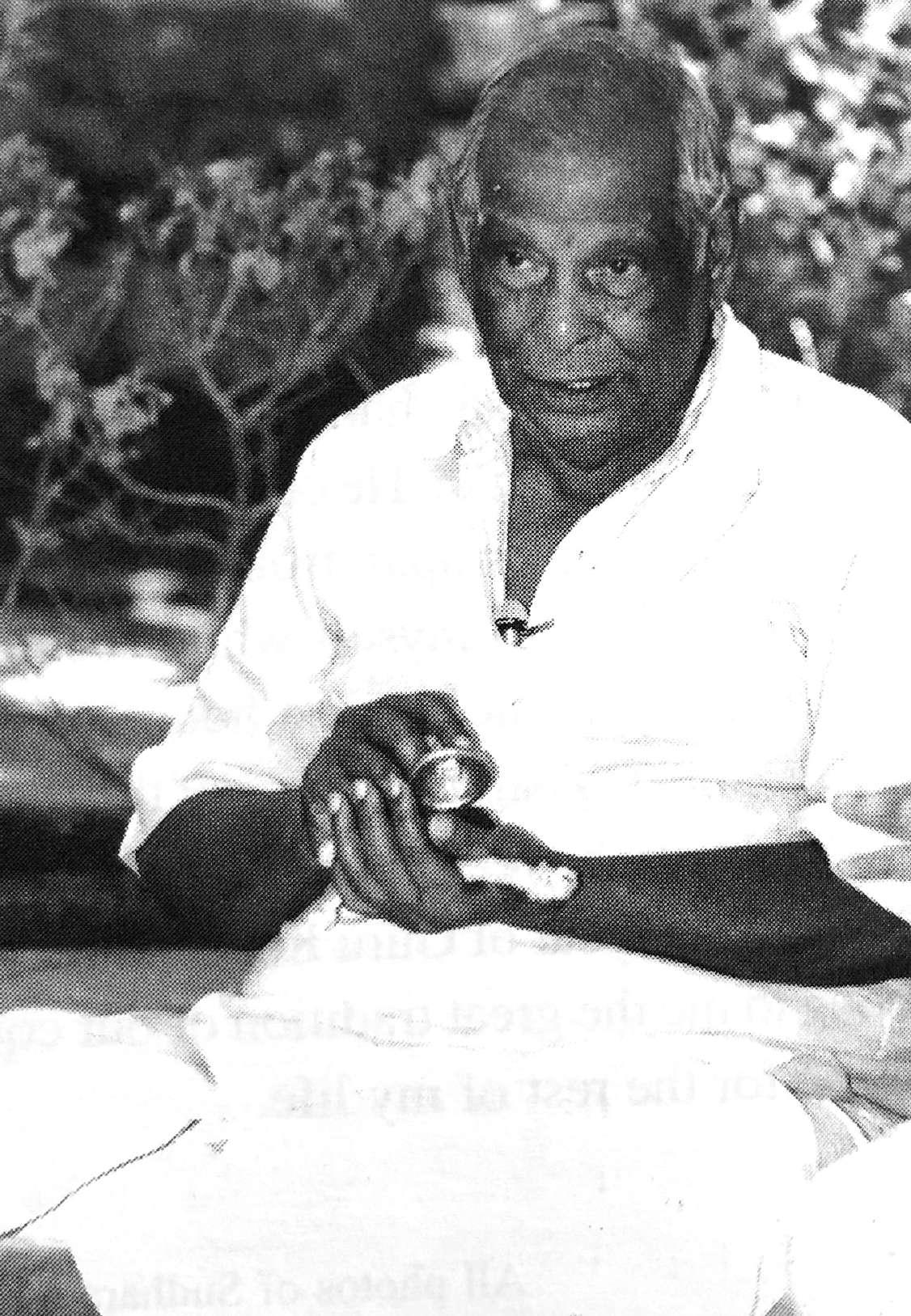
7 minute read
The great Gurus of Bharatanatyam: Tanjavur K.P. Kittappa Pillai
from Vaak Issue 03 2021
Arvind Kumar Sankar
Sathir Aattam is a traditional dance form of South India practiced and nurtured by the Devadasis. The Nattuvanars were the gurus and the guardians of this art form for two reasons. First, they nurtured and innovated within the scope of this dance, and second, they passed on this intangible heritage down their Parampara. They were also conservative teachers and they had very clear expectations from their students.
Advertisement
From the 18th century, Sathir Aatam also underwent a lot of changes, thanks to the political and social developments of that time. Infact, between 1920 and 1950, the artform was the subject of many debates and controversies. A bill in 1947 was passed to abolish the Devadasi system and tremendous efforts were made to reconstruct this artform to give it the kind of sophistication that was palatable to the upper-class Madras audience. It is beyond the scope of this article to delve into the political origins of the current form, but it is best to say that Sathir was rechristened as Bharatanatyam, and many changes to the practice and performance of this artform accompanied the reconstruction.
While Bharatanatyam was performed on stage to a theatre audience, Sathir Aatam was performed in temples and royal courts where the seating arrangements were totally different. Also, Sathir performances comprised of Mallaris and Navasandhi Kouthuvams which were performed during processions. The confinement of space to a stage compelled the changes that had to be made.

A Sathir performance, possibly from the 19th century
Hence the reconstructed Bharatanatyam performance had to arrive at a new format called Margam. The structure format was
1. Alarippu
2. Jathiswaram
3. Sabdam
4. Varnam
5. Padams, Javalis and Viruttams
6. Thillana.
The authors of the Margam were the Tanaji Nalvar or the Tanjore Quartet : Chinnaiah, Ponnaiah, Sivanandan and Vadivelu. They lived in the early 19th century and their descendants patronised the art by strictly adhering to the set format of the Margam.
The Nattuvanar were great teachers, but most of them never got up and danced. They sat cross legged on the floor and gesticulated to teach the most complicated of foot works. They were also experts in taking a jathi or a konakol sollukattu to string them together into unique, sophisticated korvais. This act of creating korvais were also tailor-made for each student, like stringing a strand of pearls in measurement to make them aptly sit on a person’s neck. Over a period of time, some of these unique skillsets of the Nattuvanars led to the creation of distinct schools or Banis in Bharatanatyam. Among the various Banis that evolved, the Tanjavur Bani is considered to be one of the finest. A very important torchbearer of this style was Guru and Nattuvanar, K.P.S Kittappa Pillai.
Kittappa Pillai was the fifth generation descendant of Sivanandam, one of the Tanjore Quartet, and the grandson of the legendary Meenakshisundaram Pillai, the flagbearer of the Pandanainallur popularly referred to as the Pandanallur Bani. If you notice Kittappa Pillai’s creations, you can notice that he is influenced a lot by the Pandanallur bani. Despite this influence, his style was distinct. To point out a few differences, Kittappa Pillai adhered to the strict framework of the style like his maternal grandfather did but he also added a little frills outside of it. The creativity and expressions were slightly outside the Natakadarani and hence could be enhanced, enriching the entire performance.
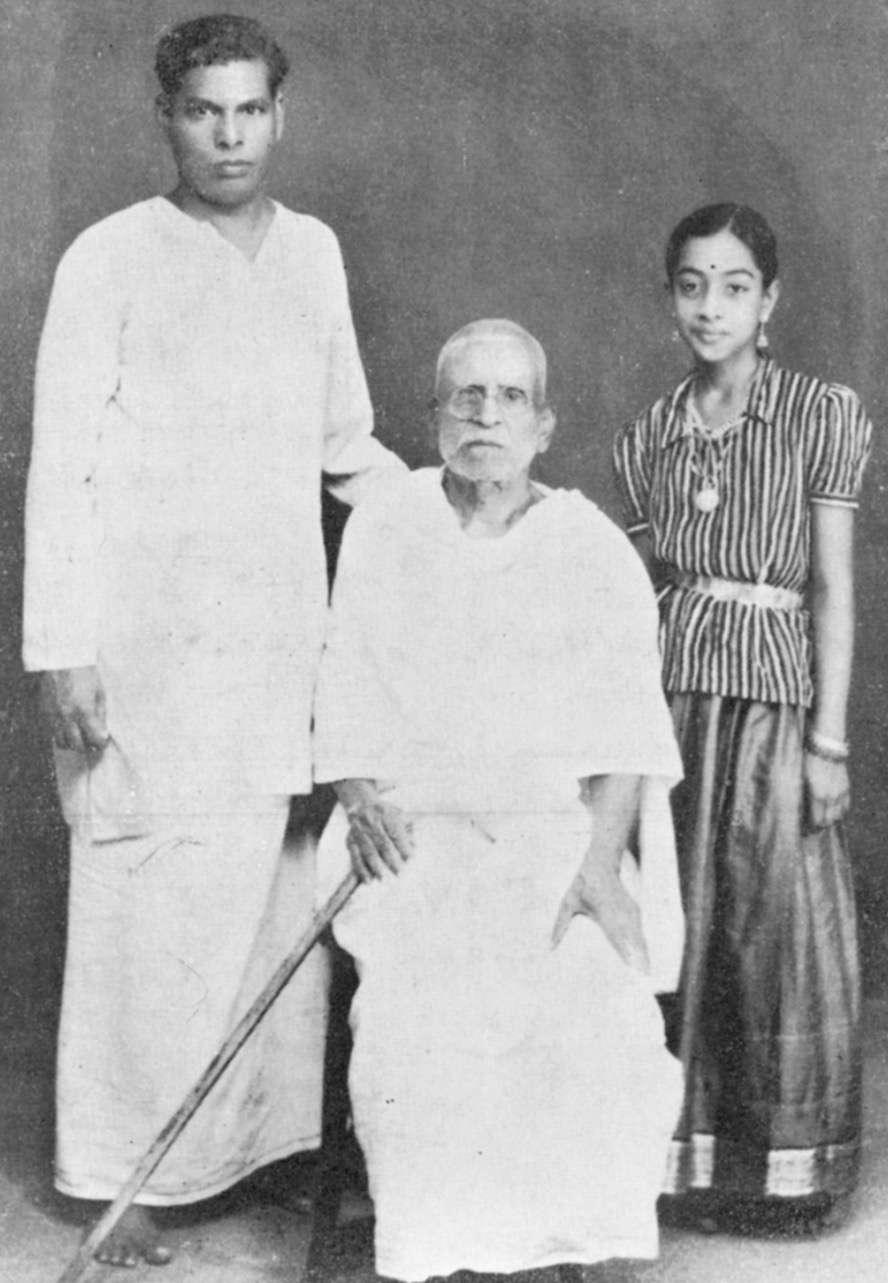
Kittappa with Pandanallur Meenakshisundaram Pillai and Padmalochana
For example, when his students performed the varnam Rupamujoochi in raga Todi by Muthuswamy Dikshitar, he added a new prelude to this song. He showed a heroine with a flower basket performing aarthi outside the temple sanctum, right at the moment when the curtains went up. Some of these moments were subtly and tastefully added. These became unique to his style of choreography.
To create korvais, he would take a Thavil sollukattu such as “Thaangdu Thaangdu Thaangdu Thaa ...... “ and incorporate it as a Jathi (at 09:46). He then would coin beautiful adavus to that sollukattu. Such practices were unheard off in the past.
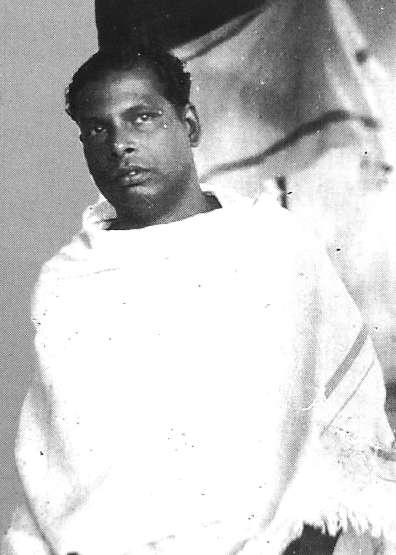
KP Kittappa Pillai
He innovated quite a bit within the margam itself. He was the first to compose an alarippu in many different talams by varying the thathakaram. According to the musicologist Ravichandhira, “thathakaram is a tamil expression used most commonly amongst Tavil and Nagaswaram artists when referring to a rhythmic passage of solkattu which can be converted to a melodic passage.” By changing the thathakaram, he managed to compose beautiful allarippus in tisram, chatusram, kantam, misram, and sankeernam.
His training and understanding of Carnatic music also gave him the opportunity to have an exposure to compositions that were particularly rare to the dance repertoire. Apart from the entire list of the Tanjavur quartet varnams, he also taught some select varnams of other composers such as Muthuswamy Dikshitar, Tanjavur Quartet’s guru, and Swati Tirunal, who patronized Vadivelu.

Guru Kittappa Pillai conducting the recital of Vyjayanthimala Bali outside the Sydney Opera House, (Nartanam, 2013)
Today, the Tanjavur Bani is practiced by his students many of whom have their own dance schools. Kitappa Pillai’s family continues to carry forward Bani. His son KPK Chandrasekar runs a Bharatanatyam school in Tanjavur. His granddaughter Charumathi is also a budding aspirant of this tradition.
For someone composing complex and complicated jathis, Kittappa Pillai was very soft spoken. He also had a large heart and never hesitated to share his knowledge generously with whoever came forth to learn from him.
Arvind Kumar Sankar is the Founder President of the Chinmaya Yuvakendra and the Founder Convenor of Intach Madurai Chapter. He also chairs the LAMPS trust. Arvind is a collector of antiquities and heritage artifacts. He is also the Founder Chairman of Arvind Constructions. His first book is ‘Pulli Kollam and the Creative Mind’ published by Palaniappa Brothers, Chennai
